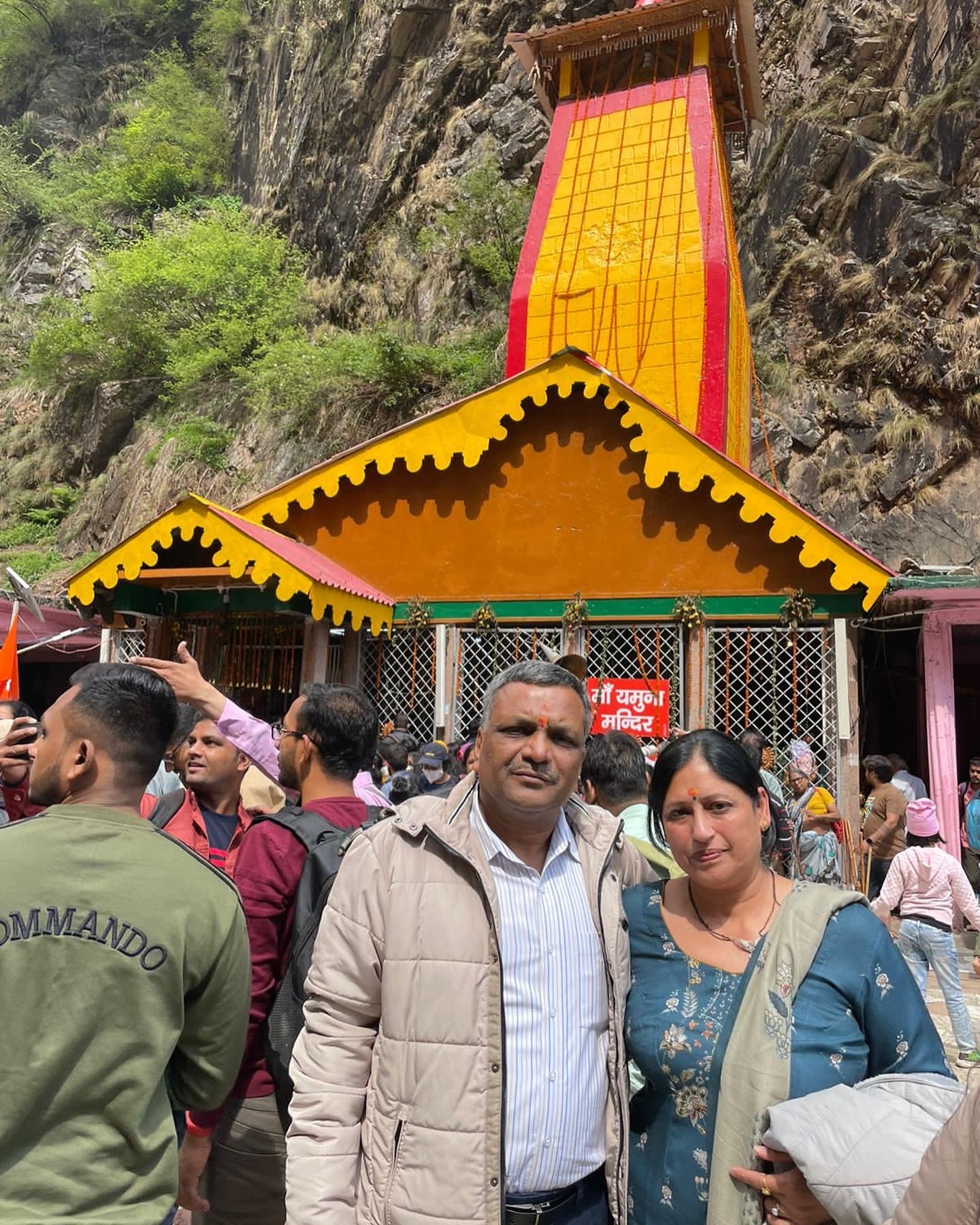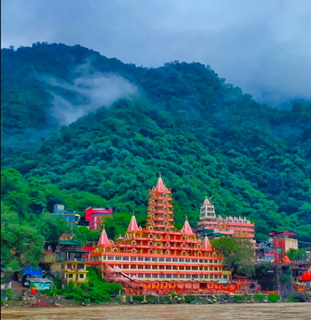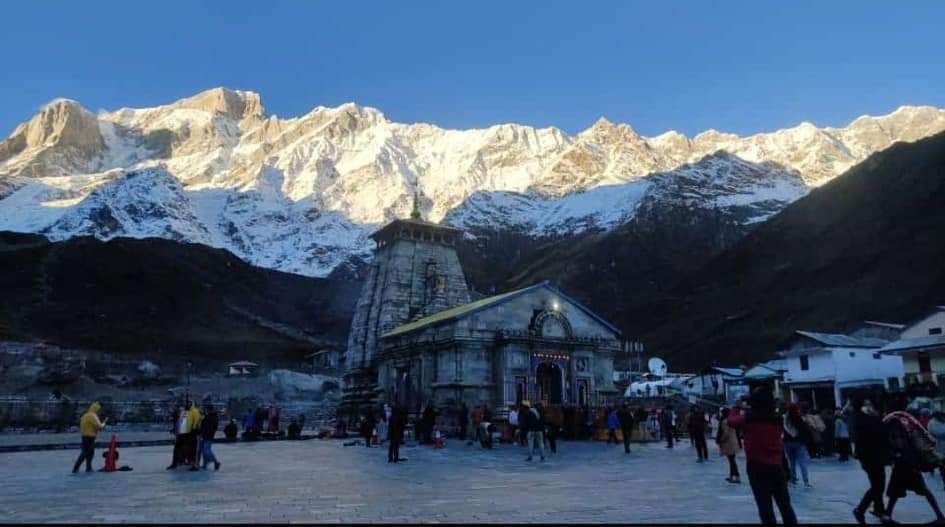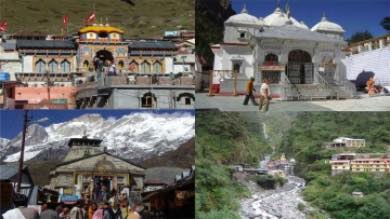A Comprehensive Guide to Gangotri: Things You Must know
Are you planning a journey to Gangotri, the source of one of India's holiest rivers? Located in the Uttarkashi district in the Indian state of Uttarakhand, you will find some of the country's most picturesque landscapes and majestic glaciers here.
Gangotri is best known for its religious significance as a holy pilgrimage site among Hindus. It is believed to be the home of Ganga Maa (mother goddess Ganges). Not far away from the town lies the glacier Gaumukh from which the river originates. Alongside religious importance, Gangotri also offers magnificent vistas for nature lovers who wish to explore this untouched mountain valley or trek along its meandering paths full of old-growth forests and rushing waterfalls.
If you wish to explore natural beauty combined with spiritual awesomeness, Gangotri is the ultimate choice.
Religious Significance of Gangotri
Gangotri is a holy place for Hindus and forms an integral part of the Char Dham Yatra. Located in the Uttarkashi region, it is situated at an elevation of 3,415 meters above sea level. Surrounded by lush nature and stunning landscapes, Gangotri is truly a heavenly abode. The Bhagirathi River gushes through the rugged terrains with a beautiful backdrop of snowcapped peaks – making it one of the most serene places on earth.
The spiritual significance of Gangotri makes it a popular pilgrimage destination for devotees from all over India. It is believed that Goddess Ganga descended to Earth here as a river. Hence, this place has been considered sacred since ancient times. People come here to seek blessings from the divine and experience peace and tranquillity amidst nature's beauty. The majestic views of the Himalayas make it even more special as you feel close to God while surrounded by such breathtaking beauty.
More about River Ganga
Ganga has been a source of life for centuries, providing sustenance to millions living along its banks. It has been an integral part of Indian culture since ancient times and continues to be revered today. Its waters are believed to have healing properties, and it is said that drinking or bathing in it can bring spiritual purification.
In addition, it serves as a major source of irrigation for agricultural lands along its course and provides livelihoods for many people who depend on it for fishing or transportation. The importance of the Ganga cannot be understated; it is truly a symbol of India's rich cultural heritage and spiritual legacy.
It is the most sacred river in India, flowing 2,700 KMs from the Himalayan mountains to the Bay of Bengal. The image of Ganga is personified as Goddess Ganga in Hindu texts. Hindus believe that ritual bathing in Ganga will help wash away their sins, which explains why many places of religious significance, such as Varanasi, Haridwar and Rishikesh, are all located on the banks of this holy river.
History of Gangotri
The history of Gangotri dates back to the early 18th century when Amar Singh Thapa, a powerful Gorkha General, built it. Later on, it was rebuilt by Maharaja Pratap Shah of Jaipur. The temple dedicated to Goddess Ganga stands tall at this holy place and is considered one of India's most important pilgrimage sites.
People from all over India come here to dip in the holy waters and seek blessings from Goddess Ganga. Every year during summer months, thousands of devotees visit this sacred shrine to pay their respects and offer prayers.
Mythological Relevance of Gangotri
The mythological tale associated with Gangotri is that of King Sagar, the great-grandfather of King Bhagirath. King Sagar wanted to extend his empire, so he performed the 'Ashwamedha Yagya'. As part of this ritual, a horse was let loose to roam freely across the empire.
When the soldiers were unable to locate it, King Sagar's 60,000 sons were asked to find it. During their search, they came across sage Kapila, meditating and noticing that the horse was tied next to him. The sons accused him of stealing the horse, and in his rage, sage Kapila cursed them all for attaining heaven only when their ashes came in contact with the holy water of river Ganga which used to flow only in heaven.
This mythological tale is believed to be why the river Ganga descended from heaven and started flowing on earth. It is said that King Bhagirath performed severe penance for many years and pleased Lord Shiva, who agreed to bring down Ganga from heaven to cleanse the ashes of his ancestors.
Thus, Gangotri became an important pilgrimage site for Hindus as it marks the origin point of the river Ganga on earth.
Relevance of Gaumukh
Gomukh, also known as “Gaumukh” or “Gomukhi", is the terminus or snout of the Gangotri Glacier from where the Bhagirathi River originates. It is like a giant hole in the glacier with water flowing out of it and is easily recognizable due to its unique shape, which resembles that of a cow's mouth, hence its name. The name "Gomukh/Gaumukh" literally means "Mouth of a Cow." According to legend, this snout looked exactly like a cow's mouth in ancient times and has been given this name since then.
The Gomukh glacier is one of India's most important pilgrimage sites for Hindus and is located at an altitude of 4,023 meters above sea level. It is believed that taking a dip in the waters here will cleanse one's soul and bring one closer to salvation. The area around Gomukh is also home to many rare species of flora and fauna, making it an ideal destination for nature lovers.
Weather of Gangotri
The weather in the Himalayas is a unique experience, with mild summers and exceptionally cold winters. During the summer months, temperatures range from 8 to 19°C, while during the winter, they can drop as low as -7 to 5°C. It is why the temple is accessible only for six months, from April to November. Then the idol of Goddess Ganga is shifted to the Mukhwa village as the Gangotri temple becomes inaccessible during winter.
Gangori - An insignificant part of Chardham Yatra
Gangotri is one of the four important sites in the Chardham Yatra, a pilgrimage undertaken by Hindus to visit the four holy sites of Uttarakhand. The other three sites are Yamunotri, Kedarnath and Badrinath.
Gangotri is the most important of these four sites as it marks the origin point of the river Ganga on earth. It is believed that taking a dip in the holy waters here will cleanse one's soul and bring one closer to salvation. After Yamunotri, the devotees visit Gangotri as the second dham, followed by Kedarnath and Badrinath.
Gangotri is one of the most important pilgrimage sites for Hindus in India. It marks the origin point of the river Ganga and is also home to the Gomukh glacier.
Related Topic
FAQS








